Research Faculty
Richard Wang, MD, PhD
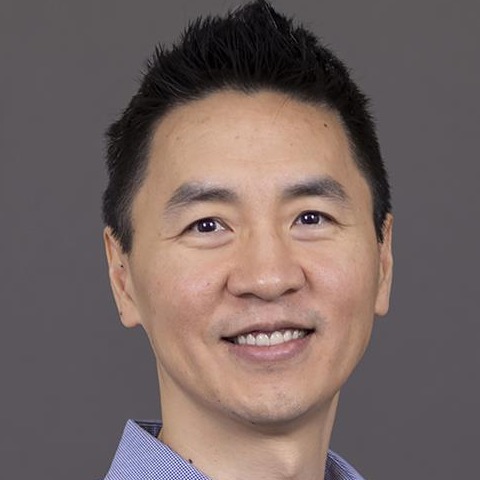
Professor, Vice Chair of Research
Jason Klein, MD, PhD
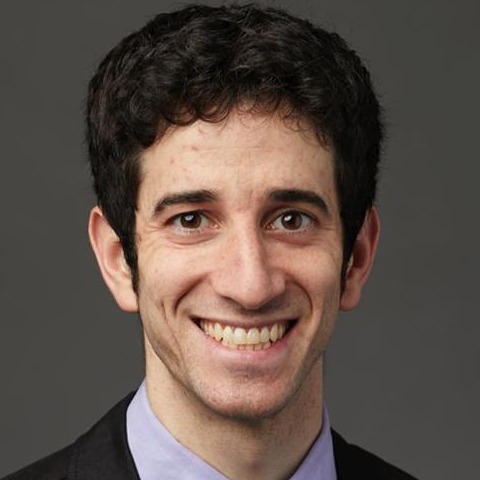
Assistant Professor
Dennis Roop, PhD

Associate Director of Gates Institute
Anya Bilousova, PhD

Director of Research Core
Igor Kogut, PhD
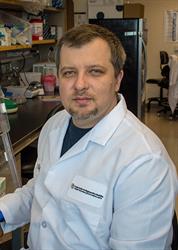
Associate Professor
My laboratory is investigating the mechanisms leading to cellular reprogramming and aging, as well as induced Pluripotent Stem Cell (iPSC)-associated cellular rejuvenation. My group’s expertise in producing mRNA and manipulating RNA transfections was crucial for identifying and optimization of a cocktail of factors that can “rejuvenate” human somatic cells, which we can now deliver into cells via non-integrating clinically-relevant RNA molecules. My group is currently exploring the applicability of this somatic cell rejuvenation approach in improving outcomes of skin transplantation.
In addition, my laboratory works extensively with genetically corrected patient iPSCs and skin cells derived from these iPSCs as a potential therapeutic tool for the treatment of Epidermolysis Bullosa (EB), a group of severe inherited skin blistering diseases.
Xiying Fan, PhD
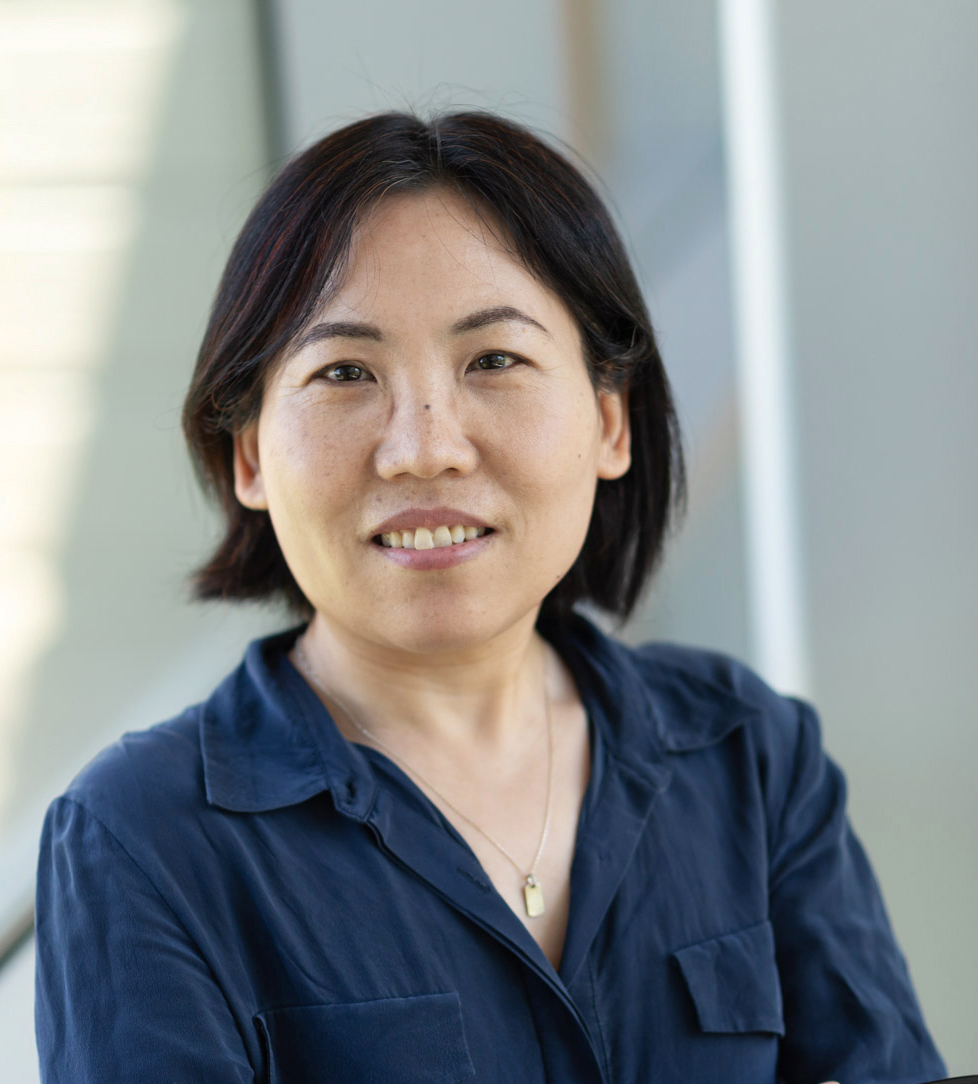
Assistant Professor
My laboratory focuses on utilizing large-scale sequencing tools to better understand the mechanisms of cancer immunoediting. My primary focus of interest lies in studying the functions and interactions of innate immune cells and hair follicles in cancer immunoediting during skin cancer progression. The overarching goal of my research is to advance the development of immunotherapies aimed at treating cancer patients.
Dong-Min Yu PhD
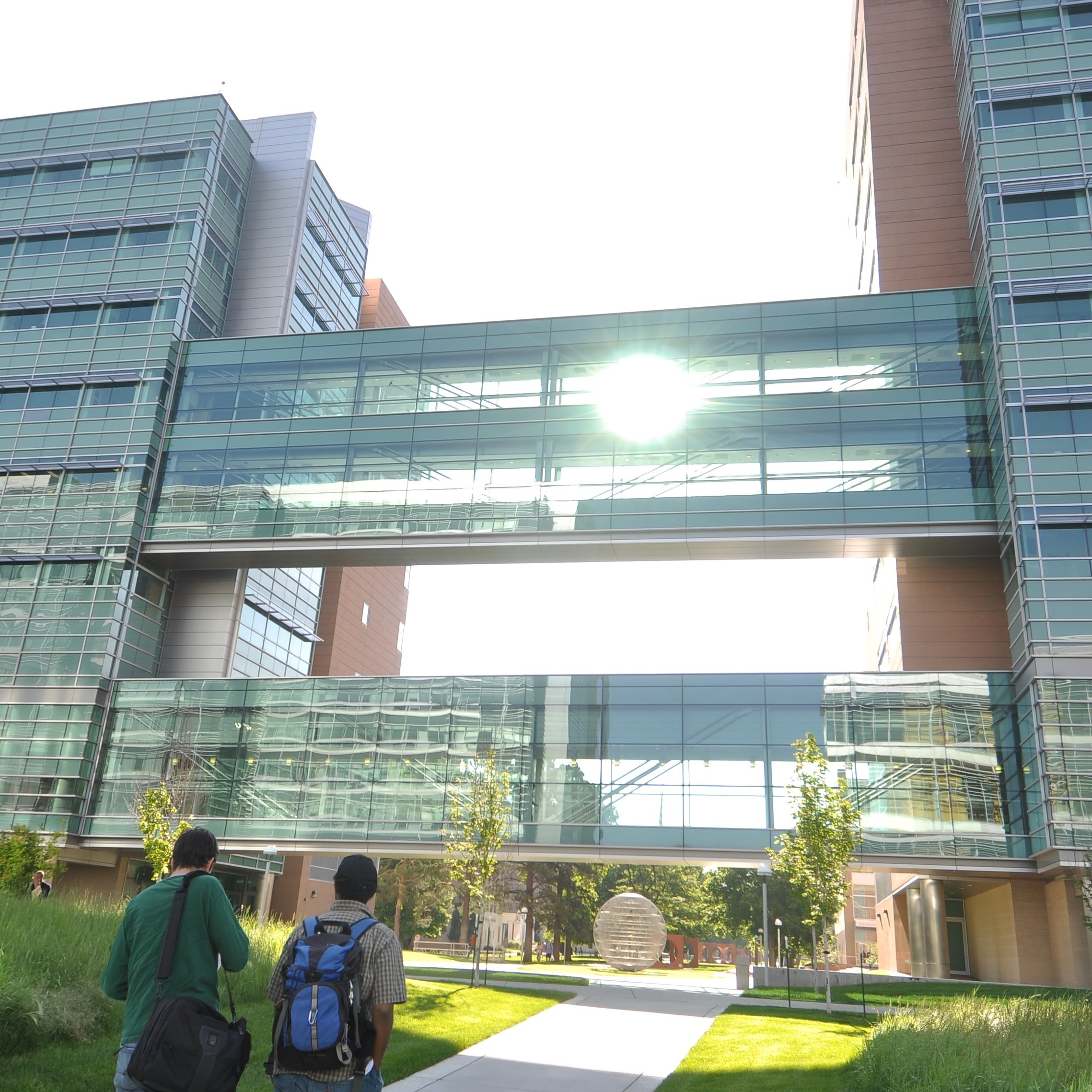
Instructor
Christine Childs, MT
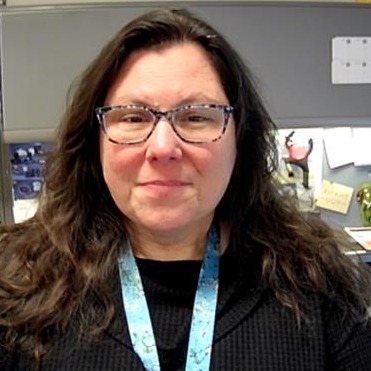
Senior Instructor
